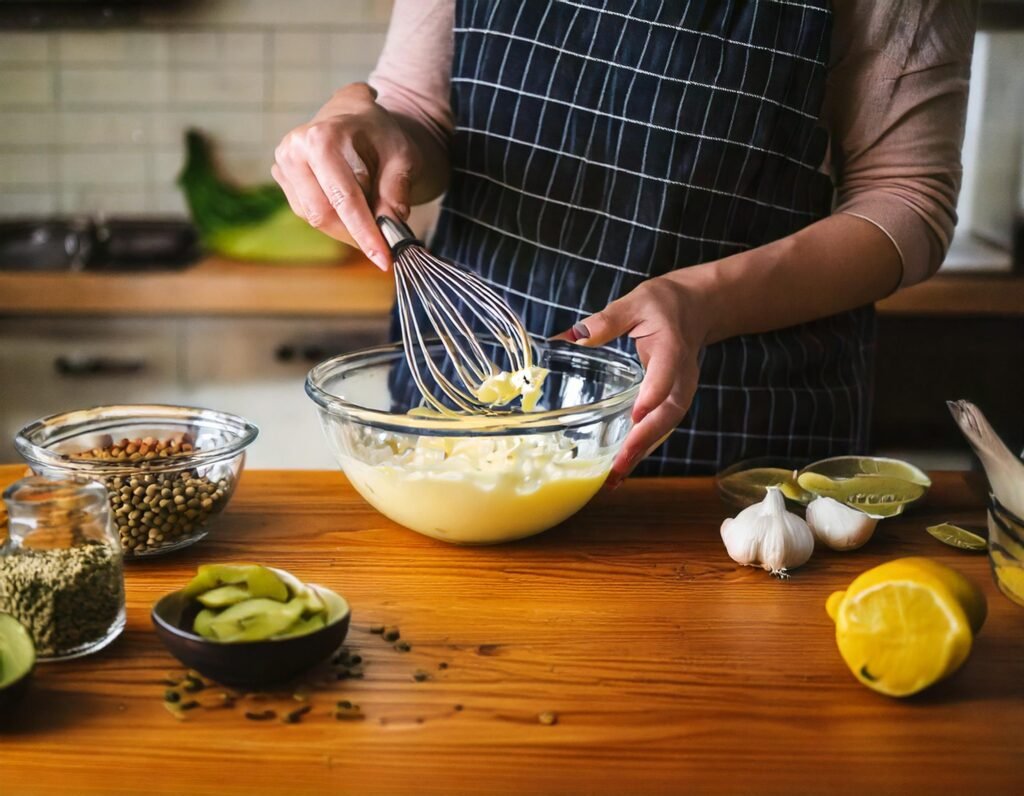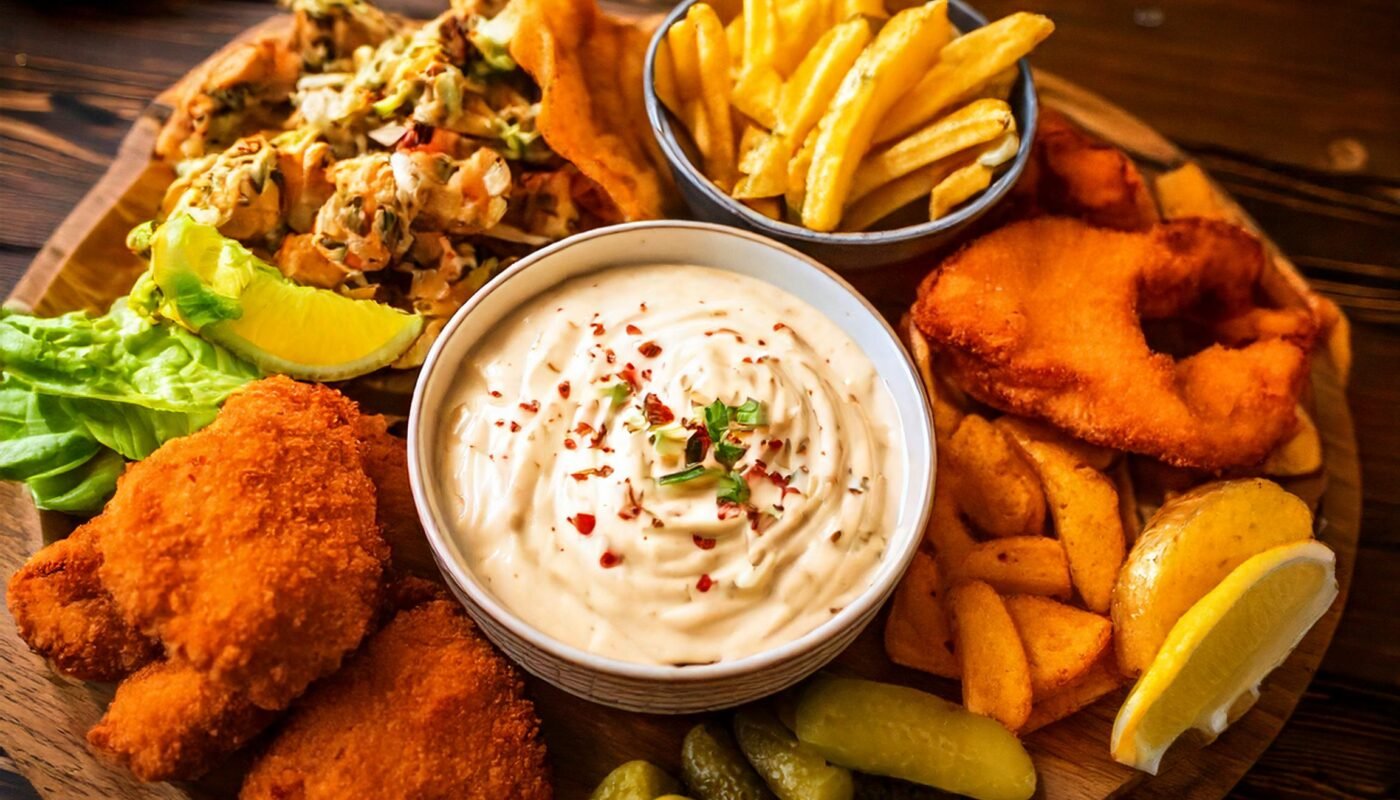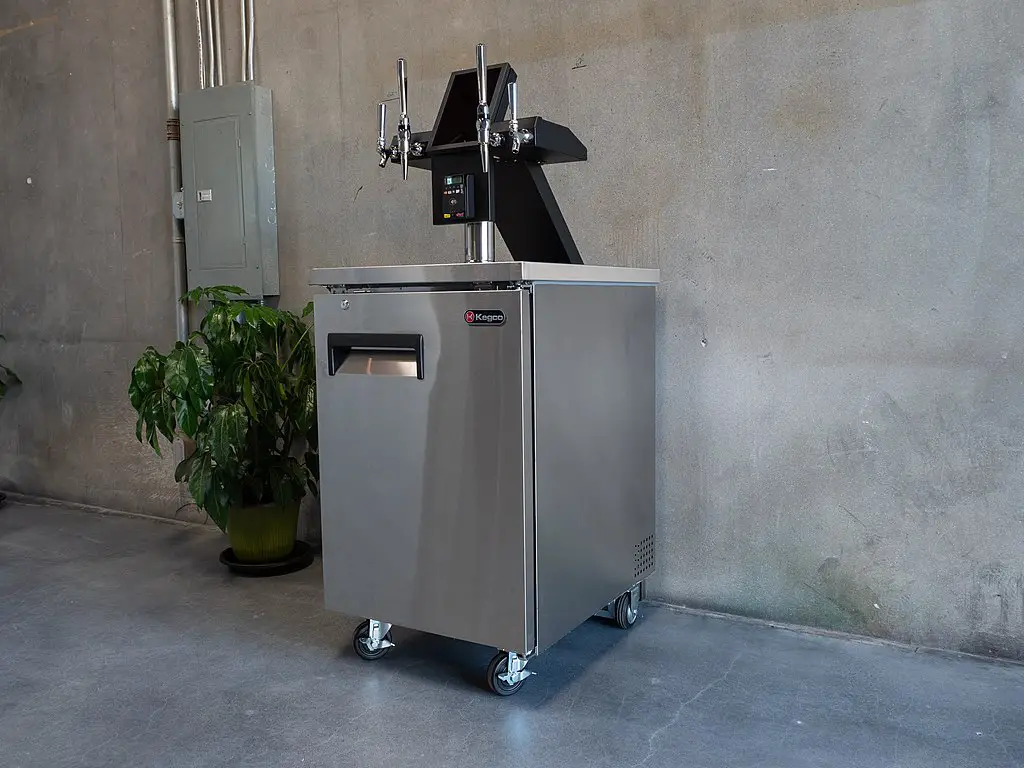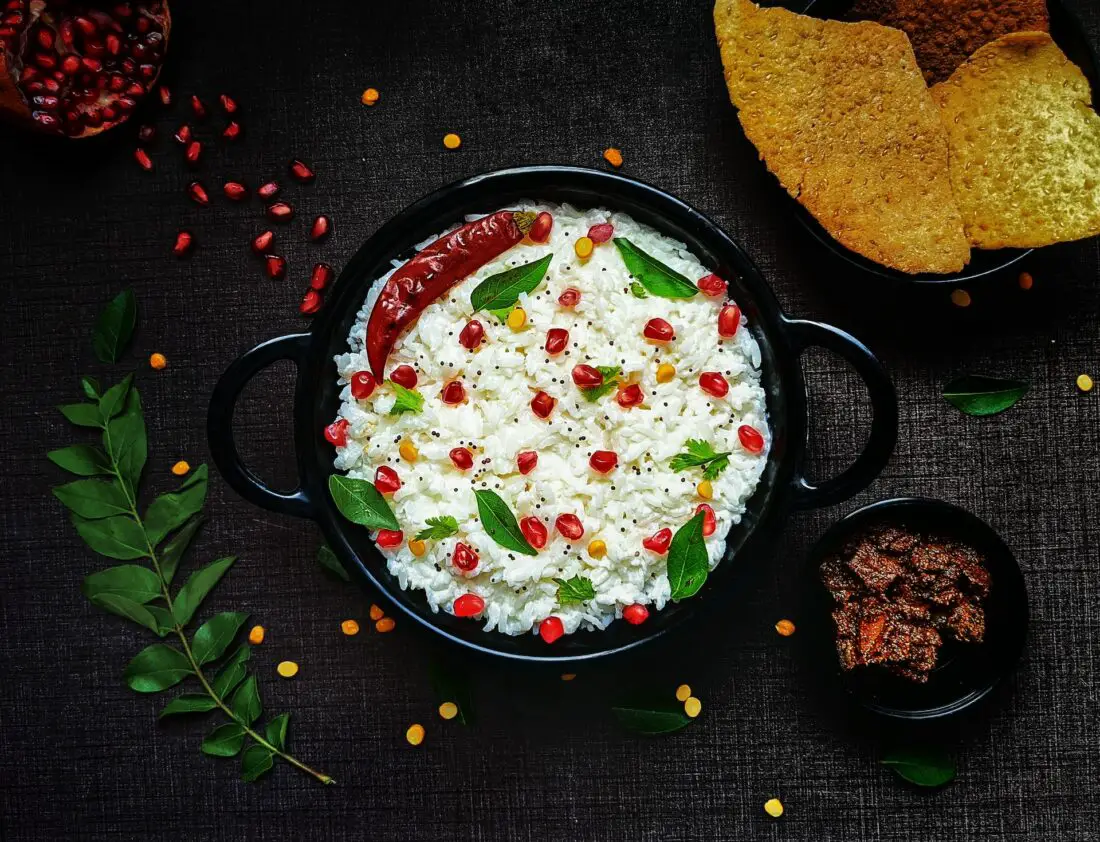Remoulade sauce takes your favorite seafood, fries, and sandwiches to the next level, with its creamy, tangy, and sometimes spicy flair. Whether you go French or Cajun, it’s a must-have in your condiment lineup.
What Makes Remoulade a Sauce to Remember?
Remoulade sauce, with roots tracing back to 17th-century France, has evolved into a beloved and versatile condiment across various cuisines. Traditionally crafted with mayonnaise, mustard, and pickles, the French version emphasizes tanginess and herbal notes. But it’s the Louisiana-style remoulade—bold, spicy, and perfect for fried shrimp or po’boys—that has captured American taste buds and made it a Southern staple.
Cajun and Creole versions have developed their own signature twists. Cajun remoulade often leans on hot sauce, paprika, and Cajun spices for heat, while Creole renditions embrace mustard and Worcestershire sauce for depth and complexity. You’ll find this sauce as a frequent pairing with seafood dishes, including crab cakes and oysters, or as a creative burger and sandwich topping. It even works wonders as a dip for French fries or fried green tomatoes (Southern Living, My Forking Life).
A Guide to Homemade Remoulade

You don’t need to head to New Orleans to enjoy this sauce—making it at home is as easy as whisking together pantry staples. A basic recipe typically includes:
- Mayonnaise: The rich, creamy base.
- Dijon or Creole mustard: Adds sharpness.
- Pickles or capers: Bring a briny bite.
- Paprika and hot sauce: Provide a spicy kick.
- Lemon juice: Brightens and balances the flavors.
The secret to an exceptional remoulade is giving it time to rest. Letting the flavors meld for an hour or two in the fridge ensures a well-rounded taste (The Chunky Chef, A Couple Cooks).
Ingredients for Homemade Remoulade Sauce
To make about 1 ½ cups of remoulade sauce, you’ll need:
- 1 cup mayonnaise
- 2 tablespoons Dijon mustard
- 1 tablespoon Creole mustard (optional, for extra zest)
- 2 tablespoons ketchup
- 2 tablespoons finely chopped pickles or pickle relish
- 1 tablespoon capers, chopped
- 2 teaspoons lemon juice
- 1 teaspoon hot sauce (like Tabasco)
- 1 teaspoon Worcestershire sauce
- 1 clove garlic, finely minced
- 1 teaspoon smoked paprika
- 1 teaspoon cayenne pepper (adjust for heat preference)
- Salt and black pepper to taste
Steps to Make Homemade Remoulade Sauce
- Combine Base Ingredients: In a medium bowl, mix the mayonnaise, Dijon mustard, and ketchup until smooth.
- Add Flavor Enhancers: Stir in the pickles, capers, lemon juice, garlic, Worcestershire sauce, and hot sauce.
- Season: Add the smoked paprika, cayenne pepper, salt, and black pepper. Mix well to ensure the spices are evenly distributed.
- Let it Rest: Cover and refrigerate the sauce for at least 1 hour to allow the flavors to blend.
- Taste and Adjust: After resting, taste the sauce and adjust the seasoning if necessary. Add more lemon juice or cayenne if you want a zestier or spicier kick.
Variations of Remoulade Sauce
- Creole Remoulade: Use Creole mustard and more hot sauce for a spicy Louisiana twist. It’s often served with boiled shrimp or po’boy sandwiches.
- Danish Remoulade: Incorporate curry powder into the base sauce and use it with fish or sandwiches.
- Green Herb Remoulade: Add fresh herbs like parsley, tarragon, and chives for a lighter, herbal version that pairs well with grilled vegetables.
- Vegan Remoulade: Replace mayonnaise with vegan mayo to create a plant-based version.
Foods That Pair Well with Remoulade Sauce
Remoulade is a versatile sauce that can complement many dishes:
- Seafood: Fried shrimp, crab cakes, lobster rolls, and grilled fish.
- Sandwiches: Po’boys, burgers, and fried chicken sandwiches.
- Appetizers: Fried green tomatoes, hush puppies, or vegetable crudités.
- Side Dishes: Coleslaw or potato salad.
- Meats: Roast beef or chicken skewers.
- Snacks: French fries or sweet potato fries for dipping.
From France to the Bayou: A Sauce for Every Occasion

In Europe, remoulade stays close to its roots, offering herbal complexity to fish dishes or cold meats. However, when it reached Louisiana, the sauce embraced the fiery spices of the region, transforming it into a key component of Cajun and Creole cooking. It’s not uncommon to see it labeled as “house sauce” or “special sauce” on menus across the South—an acknowledgment of how integrated it has become in local cuisine (Simply Recipes, Southern Living).
This sauce isn’t just for seafood anymore—remoulade has found its way onto burgers, sandwiches, and even vegetable platters. Variations like vegan remoulade (using plant-based mayo) and green herb remoulade (with parsley and tarragon) reflect its adaptability to modern tastes (My Forking Life, Southern Living).
Your Turn – Think This is Yummy? Or Hate It? We Want to Hear from You
Please offer an insightful and thoughtful comment. Idiotic, profane, or threatening comments are eliminated without remorse. Consider sharing this story. Follow us to have other feature stories fill up your Newsbreak feed from ThumbWind Publications.
Check Out Our Other Popular Culinary Features
- Is A.1. Buttering Us Up? New Product Dips Into Steakhouse Game
- The Secret Behind Red Hot Dogs – Fascinating Story of Why They’re Red
- 5 Best Cuban Sandwich Tampa – Flavorful Trek Of Rich History
Explore the best of food and drink on Spice2Vice.com.





One thought on “Remoulade Sauce – Simple Secret To This Classic Condiment – You Will Never Buy Store Bought Again!”
Comments are closed.